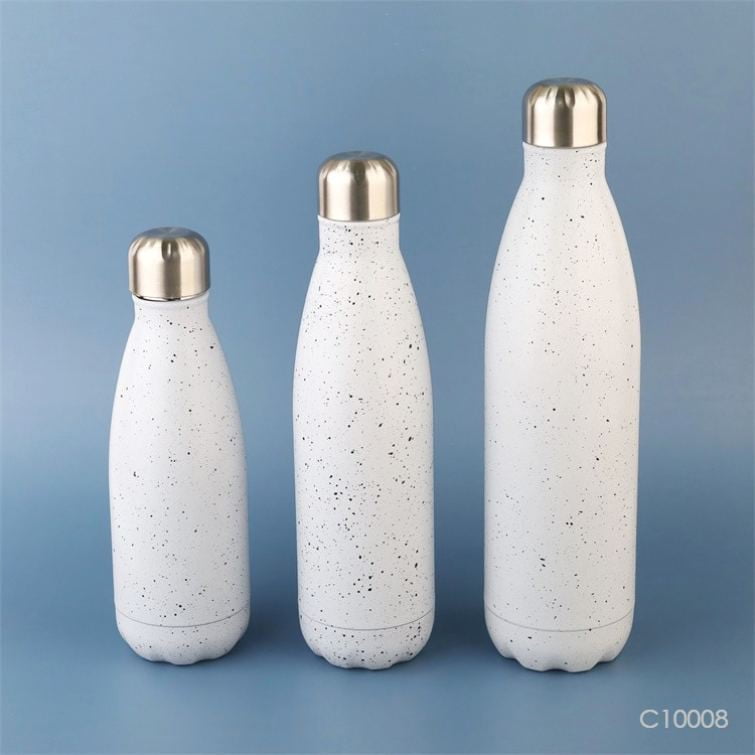The thermos cup is an essential product in our life. The principle of the thermos cup is to minimize the loss of heat, so as to achieve the effect of heat preservation. The thermos cup is easy to use and keeps the heat for a long time. It is generally a water container made of ceramic or stainless steel plus a vacuum layer, which is tightly sealed. The vacuum insulation layer can delay the heat dissipation time of the water and other liquids installed inside, so as to achieve the purpose of heat preservation. The following microspectroscopy and everyone to understand the knowledge of the detection of vacuum flasks.
Items included in the thermos cup test report:
304 thermos cups, children thermos cups, stainless steel thermos cups, plastic thermos cups, purple sand thermos cups, ceramic thermos cups, 316 thermos cups, etc.
Vacuum rate, anti-corrosion ability, material detection, capacity deviation, migration detection, thermal insulation effect detection, physical property detection, impact performance, coating adhesion, appearance quality, sealing performance, use performance, marking, sensory, decolorization test, high Potassium manganate consumption, installation strength, color fastness, heavy metals, capacity, odor, hot water resistance of rubber parts, etc.
Insulation cup detection method:
1. Stainless steel material: The products that meet the national food-grade standards are green and environmentally friendly products, and the products are rust-proof and corrosion-resistant. The color of the ordinary stainless steel cup is whitish or dark. If it is soaked in salt water with a concentration of 1% for a day, rust spots will appear, indicating that some elements contained exceed the standard, which will endanger human health.
2. Plastic material: Generally, the lid of the thermos cup is made of plastic material. The standard thermos cup will be made of food-grade plastic.
3. Capacity:
The depth of the inner tank should be basically the same as the height of the outer shell, generally a difference of 16-18mm is within the normal range.
Insulation cup testing standards:
GB/T 29606-2013 National Standard for Stainless Steel Vacuum Cups
35GB/T 29606-2013 Stainless Steel Vacuum Cup
QB/T 3561-1999 glass detection method
56QB/T 4049-2010 Plastic drinking cup
60QB/T 5035-2017 Double Layer Glass Cup
GB4806.1-2016 National Food Safety Standard General Safety Requirements for Food Contact Materials and Products

